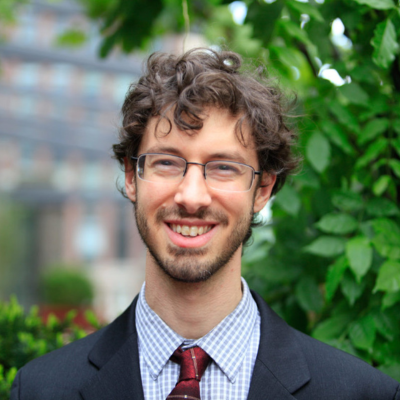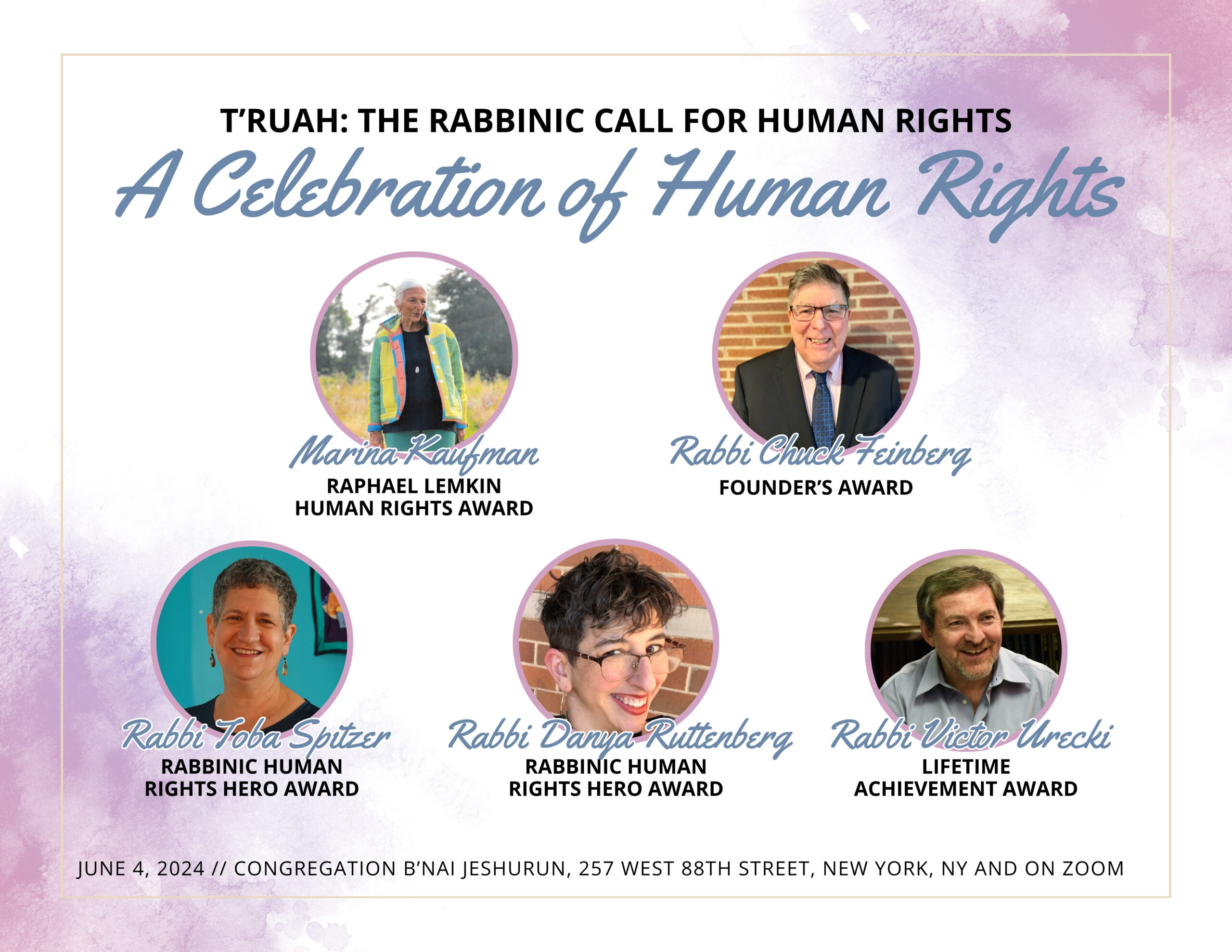The stories of this week’s parshah feel too painful, too close to the headlines, for me to enter into them in the midst of the war in Israel and Gaza. Last week, Lot was a hostage (rescued successfully). This week, Abraham tries to avert collective punishment in Sodom and Gomorrah and fails, leading to a divine aerial bombardment that obliterates the towns. An innocent mother and child are cast out into the desert to die of thirst.
What feels so hard in this moment is that I don’t know what the right course of action is. I can identify many wrong ones, but my list of better alternatives sputters to a halt after such platitudes as “exercise more creative problem-solving” and “expand your moral imagination.” A staff member at Gisha, the Israeli-Palestinian human rights organization that works on Gaza, texted a colleague, “There is no military strategy… I truly think that Israel is blinded by vengeance and at best, is guided by hubris in thinking it can win this war…”
And so, I suggest we turn to Kabbalah (Jewish mysticism), as a way to express that confusion and all its intended feelings, as well as a potential source of wisdom to guide us forward.
Find more commentaries on Vayera.
For those less familiar with Kabbalah, a quick primer: Kabbalah understands God’s unity as comprised of ten “emanations,” called sefirot in Hebrew. The most common arrangement of them is in three sets of three, with the tenth — Shechinah or Malchut — being the most accessible to us mere mortals. The three least accessible sefirot are mostly involved in creation, while the seven “lower” ones interact with the world as it exists.
With me so far?
One of the ways the kabbalists interpreted the Torah is as one long name of God, with the stories in it representing movements or personality conflicts within God; each sefirah is identified with one or more biblical characters. Perhaps most familiar will be the “uppermost” of the seven: Chesed (Loving-Kindness) is Abraham and Gevurah (Strict Justice/Power/Limitation) is Isaac. Accordingly, one way to understand the Binding of Isaac in this week’s parshah is that God’s attribute of never-ending Love tries to bind and disarm God’s fierce attribute of Justice. Left unchecked, that Justice would rampage throughout creation, destroying everything in its path that could not stand up to exacting divine standards of morality. Out of the tension between these two comes Tiferet, which I like to translate “Beautiful Balance” — Jacob, who integrates the tendencies of his father and grandfather.
One of the problems I see in the world’s response to Hamas’ Oct. 7 attack is a preponderance of either Chesed or Gevurah thinking. The right wants a heavy-handed Gevurah response to Hamas; the far left that cheered Hamas seems to want the same, punishing Israel for the occupation without regard for the innocents killed or taken hostage. Calls for an unconditional ceasefire feel like too much Chesed, not differentiating between the actors in any way. All of these have their place, in measure, but are harmful when unchecked.
Alas, I don’t see voices successfully manifesting Jacob’s role of balancing and integrating these impulses.
Fortunately, Kabbalah has a related lesson for us. While it is tempting to think that we can operate on the level of Chesed and Gevurah, those are actually way, way above our pay grade. We can aspire to imitate those divine forces, but our human frailties limit us. The realm in which we can more appropriately hope to operate is the “lowest” of the trios, called Netzach, Hod, and Yesod.
Netzach, “Victory” or “Endurance,” is the sefirah of action. It is represented by Moses, the one who split the Red Sea, broke the first set of stone tablets, and smote the rock to bring forth water. Hod, its counterpart, is the sefirah of acceptance, of patience, of inaction. It is represented by Aaron, who ministered pastorally to the Israelites in the desert and performed their sacrifices, accepting each person as they were.
This feels more like the right question to be asking, setting aside the hubris of believing we have the answers when we clearly don’t. Let us put aside our fantasies of being God’s avenging fist or God’s open, all-accepting arm. A response to the Hamas attacks is called for, of that I am certain, but my certainty ends there. We should ask ourselves: Is this the right action to take? What will be the consequences of acting? Of not acting? What happens if we wait? Sometimes inaction or delay is the least harmful choice. Moses striking the rock (the second time) had serious repercussions. Too many lives are at stake to fall into the trap of “We have to do something; this is something; therefore we must do it.”
Yesod (“Foundation,” represented by Joseph) mediates between Netzach and Hod. We should aim to be firmly grounded in order to take right action; acting impulsively usually leads to regrets later on. And there is poetic logic in our encountering the “higher” sefirot in the weekly Torah readings early in this war. Our first emotional reactions were in the realm of Chesed and Gevurah. As weeks pass, I hope cooler heads can prevail and shift gears to the more appropriate level, later in the story — and that it does not take the weeks that we as readers will require until we encounter Joseph in early December.
Find more commentaries on Social Justice: Leadership and Philosophy.
|
|||||
|
|||||
|


